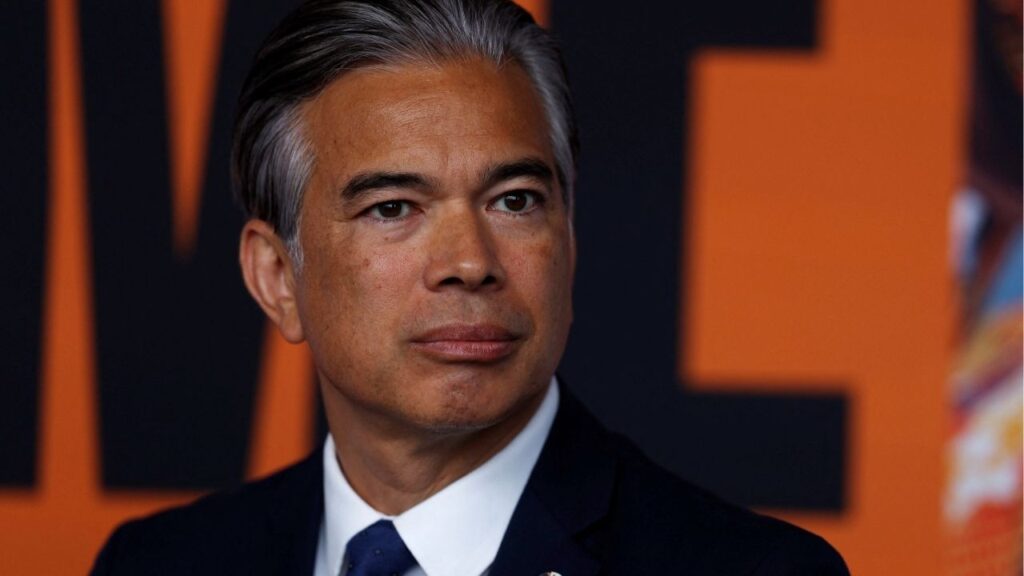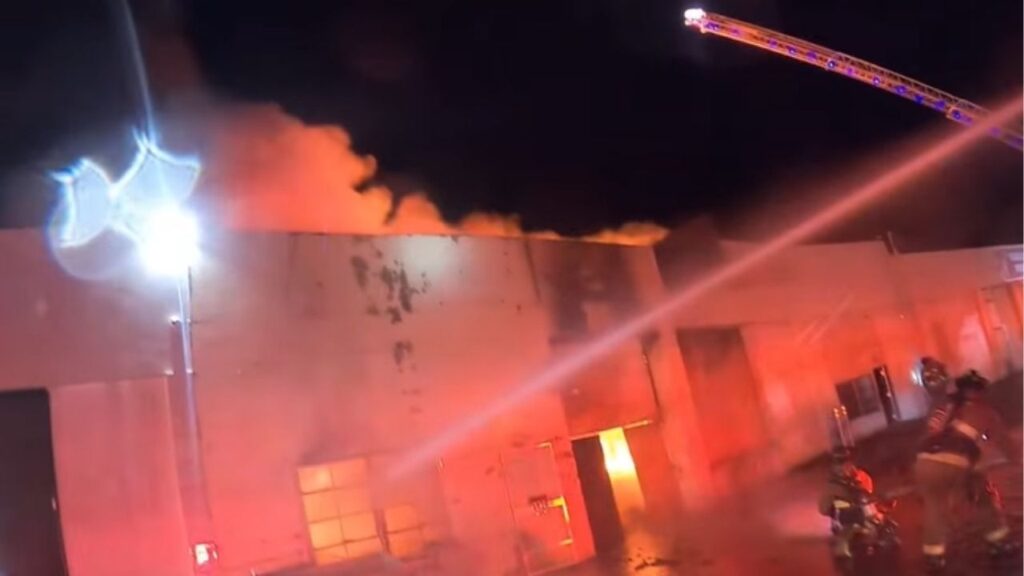FILE — Travelers look at flight statuses at Newark Liberty International Airport in New Jersey, May 7, 2025. After a series of air travel incidents, including recent disruptions at a busy New Jersey airport, Sean Duffy, the transportation secretary, has sought to blame the previous administration for issues plaguing the Federal Aviation Administration. (Dakota Santiago/The New York Times)

- The FAA's air traffic control problems span decades, with staffing shortages dating back to Reagan's firing of controllers in 1981.
- Both Trump and Biden administrations proposed solutions for modernizing air traffic systems, but Congress failed to fund them.
- Watchdog agencies have issued hundreds of recommendations since 2005 about the FAA's aging infrastructure with limited results.
Share
WASHINGTON — After a series of air travel incidents, including recent disruptions at a busy New Jersey airport, Sean Duffy, the transportation secretary, has sought to blame the previous administration for issues plaguing the Federal Aviation Administration.
“Pete Buttigieg and Joe Biden did nothing to fix the system that they knew was broken,” Duffy said at a news conference Monday, after a technical outage at Newark Liberty International Airport affected more than 1,000 flights.
Duffy had a point that the Biden administration “did very little to change the status quo, in the face of numerous problems,” said Robert Poole, the director of transportation policy at the libertarian Reason Foundation. But Poole said the claim that Biden officials did “nothing” was overly broad.
Moreover, the Biden administration’s approach was not unique. The federal government across multiple administrations and Congresses has taken a reactive approach to aviation policy, often leading to delays in modernization efforts and inadequate staffing and funding.
A Century of Reactionary Aviation Policy
The current state of air travel, too, could signal the “beginning of a reactionary cycle that has defined the development of the nation’s system of air travel for the past century,” said Sean Seyer, an associate professor at the University of Kansas and author of a book on American civil aviation history.
The FAA acknowledged this month that an “antiquated air traffic control system,” a nationwide shortage of air traffic controllers and persistent staffing shortages were affecting air travel. Those issues have existed long before the Trump and Biden administrations.
For decades, watchdog organizations have warned of staffing challenges and equipment dysfunction to little avail. A multiyear effort to replace the air traffic system began in 2003 but has run into numerous challenges and remains underway. And proposals from the Trump and Biden administrations to address issues have gained little traction.
Long-Standing Concerns About Staffing and Equipment
Since 1981, when President Ronald Reagan fired and then barred from reemployment thousands of air traffic controllers who participated in a nationwide strike, staffing has remained a persistent issue at air traffic control facilities.
Although the reemployment ban was lifted in 1993, the FAA estimated in 1996 that about a third of air traffic control facilities were inadequately staffed, according to a 1997 report from the Government Accountability Office.
A decade later, the FAA had hired a significant number of controllers to prepare for projected retirements but still had a dearth of fully certified controllers, according to a 2008 report from the accountability office. And the Transportation Department’s Office of the Inspector General in 2016 reported that 13 of 23 facilities deemed critical did not have enough certified professional controllers.
Under the first Trump administration, the number of controllers declined, and the FAA failed to meet hiring targets.
A union representing air traffic controllers noted in 2018 that the number of certified controllers had fallen to a 30-year low. A 35-day government shutdown from December 2018 to January 2019 led the agency to revise its fiscal year 2019 hiring target of 1,431 new controllers down to 907 (it ultimately hired 1,010), and the coronavirus pandemic further disrupted recruitment. As a result, by the end of the 2021 fiscal year, the FAA had a head count of 13,850, a decline of about 600 controllers since the end of 2016.
Under the Biden administration, the number of controllers held steady with a head count of 13,853 at the end of the 2023 fiscal year, the latest data available. Although the FAA tried to increase hiring, it still faced staffing shortages.
Failed Modernization Efforts Across Administrations
A 2023 report from the Transportation Department’s Office of the Inspector General said the FAA made “limited effort” to address controller shortages and failed to ensure adequate staffing levels at critical facilities for eight years, a period that included the administrations under President Barack Obama, President Donald Trump and President Joe Biden. The report also said the coronavirus pandemic aggravated issues, as the agency paused training and delayed certification, the effect of which will be borne out for several more years.
Similarly, the watchdog agencies have raised concerns about the FAA’s aging infrastructure and noted challenges in the agency’s modernization efforts across multiple administrations.
The Transportation Department’s inspector general has issued 47 audit reports and made more than 200 recommendations on NextGen, the FAA’s modernization program that began in 2003, between 2005 and 2022, including warnings during the Trump administration about insufficient navigation backups and lack of funding in developing and deploying new radar systems.
The Government Accountability Office reported in 2023 that the FAA had made “mixed progress” since 2018 in meeting NextGen milestones on time, noting that the pandemic significantly contributed to delays.
In 2024, the Government Accountability Office reported that most FAA systems, including many critical safety systems, were unsustainable or potentially unsustainable and recommended the agency take “urgent” action.
Trump, in 2017, endorsed a proposal to privatize air traffic control, a move that he claimed would improve safety and reduce delays and costs. But in 2018, he signed legislation reauthorizing the FAA for five years that did not contain the proposal.
Under that legislation, the agency’s annual funding ranged from around $17 billion in the 2018 fiscal year to more than $19 billion in 2023, a slight increase from annual funding levels of between $15 billion to $17 billion in the previous five years.
Poole praised Trump’s 2018 infrastructure plan as “excellent” but noted that it contained nothing about air traffic control.
Little changed during the Biden administration.
Biden, in March 2024, released a budget that included a $8 billion proposal to modernize the agency’s facilities and radars. But two months later, he signed legislation reauthorizing the FAA that did not contain that proposal. Annual funding again increased slightly, ranging from $20 billion to $22 billion over the 2024 to 2028 fiscal years.
“There is a lot of sense in this proposal, except for the timing,” said Jeff Davis, a senior fellow and editor of Eno Transportation Weekly. “If this $8 billion proposal had come out a year before and had some political juice behind it, maybe it could have made it into law. As it was, Congress ignored it.”
—
This article originally appeared in The New York Times.
By Linda Qiu and Kate Kelly/Dakota Santiago
c. 2025 The New York Times Company

















